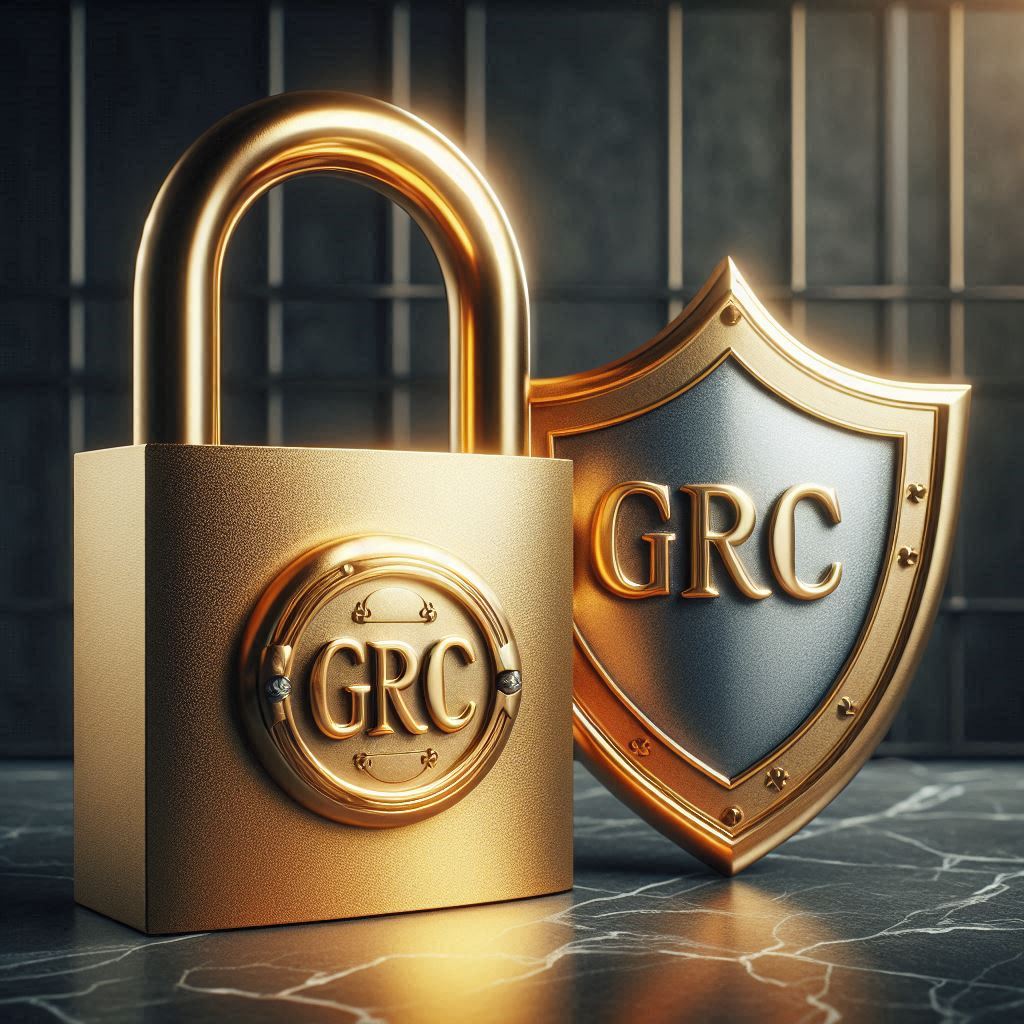
What is Automated (Governance, Risk, and Compliance)?
1. What is GRC? Governance, Risk, and Compliance (GRC) is an organizational strategy designed to manage governance processes and risks while ensuring compliance with industry standards and government regulations. It combines governance, risk management, and compliance into a unified approach to improve decision-making, performance, and efficiency.
GRC can also refer to a suite of integrated software solutions that help organizations implement and manage these practices systematically. The term "GRC" was first introduced by the Open Compliance and Ethics Group (OCEG) in 2007. GRC helps organizations of all sizes manage IT and security risks, reduce costs and uncertainties, and meet compliance requirements while supporting overall business objectives.
2. Governance Governance refers to the set of rules, policies, and processes that guide a company's actions to ensure alignment with its business goals. This includes ethical conduct, resource management, accountability, and management controls. Effective governance ensures that business units align with customer needs and corporate goals, creating an environment where employees are empowered, and corporate activities are controlled and coordinated.
Key aspects of governance include balancing the interests of stakeholders, establishing accountability, and implementing ethical business practices. Good governance defines roles based on business lines and evaluates employees based on results achieved, fostering a system of checks and balances.
3. Risk Management Risk management involves identifying, assessing, and controlling various risks, such as financial, legal, strategic, and security risks. The goal is to minimize the impact of negative events while maximizing positive opportunities. Effective risk management systems help organizations achieve corporate objectives and secure value by prioritizing stakeholder expectations and delivering reliable information.
Risk management programs also address cybersecurity threats, operational failures, and technology risks, ensuring that businesses can protect themselves from uncertainties, reduce costs, and maintain business continuity.
4. Compliance Compliance focuses on adhering to internal and external rules, policies, standards, and laws. It ensures that organizations meet regulatory requirements, avoid legal issues, and maintain performance standards. A robust compliance program involves creating, updating, distributing, and tracking compliance policies while training employees to follow them.
Organizations should focus on areas posing the greatest risk and develop targeted policies to address them. Effective compliance management helps businesses minimize risks and costs associated with non-compliance, such as fines, lawsuits, and reputational damage.
5. GRC Use Cases GRC frameworks help organizations establish policies and practices to minimize compliance risks and enhance overall performance. Use cases for GRC include:
- Risk Assessment and Reduction: Automating risk assessments to make informed decisions and allocate resources effectively.
- Efficiency Improvements: Streamlining processes and eliminating silos in data and workflows, leading to reduced costs and better compliance management.
- Strategic Support: Setting clear objectives and monitoring metrics to improve performance and ROI.
- Audits and Reporting: Maintaining compliance with regulations like the Sarbanes-Oxley Act through proper management of sensitive data and documentation.
6. How to Implement a GRC Strategy Implementing a successful GRC strategy involves coordinated efforts across people, processes, planning, and technology. Key steps include:
- Establish Clear Goals: Define your greatest risks and challenges to shape the GRC framework.
- Identify Operational Shortfalls: Address existing problems, such as regulatory reporting failures or security issues.
- Get Buy-in at All Levels: Secure commitment from top management and across the organization to promote a risk-aware culture.
- Set Clear Roles and Responsibilities: Define roles for executives, department heads, and employees in the GRC process.
- Use GRC Software: Leverage specialized GRC tools to automate processes, track compliance, and generate insights.
- Test the Framework: Start with a pilot phase to identify and correct any issues before full-scale implementation.
7. GRC Software Tools GRC software tools are essential for managing operational risk, policy compliance, IT governance, and auditing. Key features of GRC tools include:
- Content and Document Management: Track and store digitized content accurately.
- Risk Data Management and Analytics: Measure and predict risk to guide decision-making.
- Workflow Management: Streamline GRC workflows and improve process efficiency.
- Audit Management: Organize audit information and automate internal audits.
- Regulatory Updates: Stay current with changing regulations and compliance requirements.
- Dashboards: Monitor key performance indicators (KPIs) in real-time through a centralized interface.
These tools help companies automate risk assessments, manage compliance requirements, and ensure that policies and controls are effectively deployed.
8. Conclusion GRC provides a comprehensive approach to managing governance, risks, and compliance across an organization. By integrating governance policies, managing risks, and ensuring compliance, businesses can operate more effectively, make informed decisions, and achieve their strategic objectives while minimizing risks.
Next Steps with Risk Cognizance Risk Cognizance offers advanced GRC tools and services that enable organizations to effectively manage governance, risk, and compliance through an integrated, AI-driven platform. Explore how Risk Cognizance can help your organization optimize its GRC strategy, enhance performance, and ensure compliance with evolving regulations.

